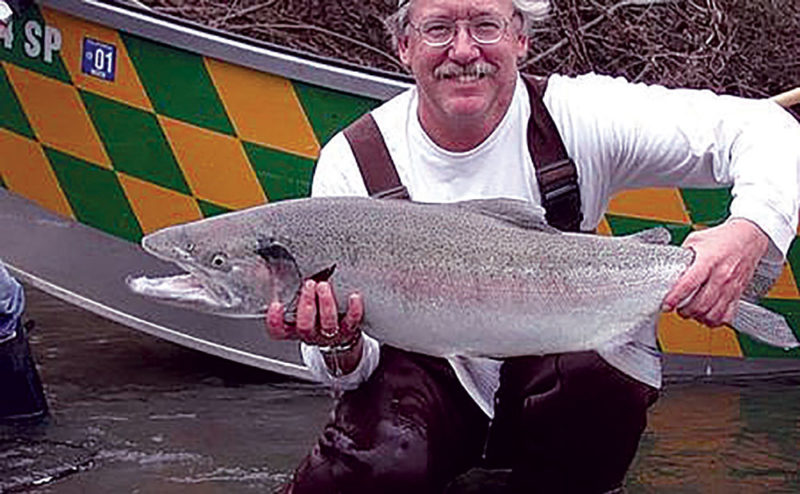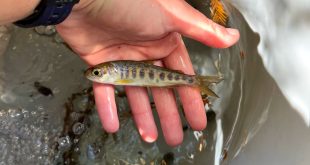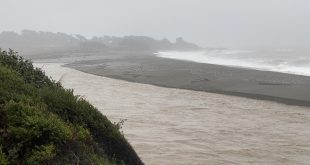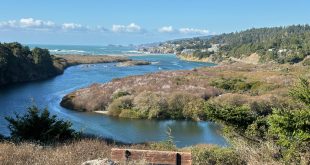by Craig Bell
Forest & River News
July 16, 2021
Craig Bell is a Garcia River watershed planner, as well as past President of the
Salmonid Restoration Federation, former logger, commercial fisherman, and river guide.
[excerpt:]
The strong recovery we are witnessing today in the Garcia River is thanks to a 30-year effort that began in 1991 when Mendocino County Supervisors approved the Garcia River Watershed Enhancement Plan (GRWEP, Caldon, Monschke, Higgins 1991). The GRWEP was the first watershed plan in the county (and maybe the state) that was produced by community stakeholders. . . .
When I first started fishing the Garcia River 40 years ago, the lower river was choked with mud and very fine sediment. If you walk the lower Garcia and the lower Gualala River, you can see how far the Garcia has recovered and how far the nearby Gualala River has to go. . . .
I can point to no other reason for the recovery of healthy spawning gravels and improved pool depths and steelhead populations in the lower main stem than the comprehensive implementation of the Garcia River Clean Water Act Total Maximum Daily Load (TMDL) Plan that addressed sediment pollution. Not only are there numerous, long reaches of healthy steelhead gravels, there also are increasing reaches of unembedded Chinook spawning gravels. There are increasing sightings of large Chinook now spawning in the Garcia main stem. . . .
Conclusions
- The lower 10 miles of the Garcia River are showing strong signs of physical and biological recovery.
- The regulatory approach of the Garcia River Clean Water Act TMDL Implementation Plan with enforceable timelines has been a success.
- Based on my surveys, the Garcia main stem now has larger amounts of healthy spawning gravels and complex habitat than its tributaries.
- I recommend a yearly spawner survey of the lower 10 miles of the Garcia main stem to document spawner use and recovery.
- It will be important for regulatory agencies to maintain vigilance to prevent future sediment inputs.
- The restoration of estuary floodplain and historic “oxbow” channel habitats would benefit all salmonid juveniles and adults.
- The recovery of the Garcia River is the product of 30 years of effort that started with a community-based recovery plan. State and Federal politicians and funders often ask for proof that the millions of dollars being spent on salmon recovery are working. The Garcia River offers both physical and biologic examples of success. . . .
To read the entire article, visit the Trees Foundation, publisher of Forest & River News:
The Garcia: A River in Strong Recovery After a 30-Year Effort

 Friends of Gualala River Protecting the Gualala River watershed and the species living within it
Friends of Gualala River Protecting the Gualala River watershed and the species living within it


